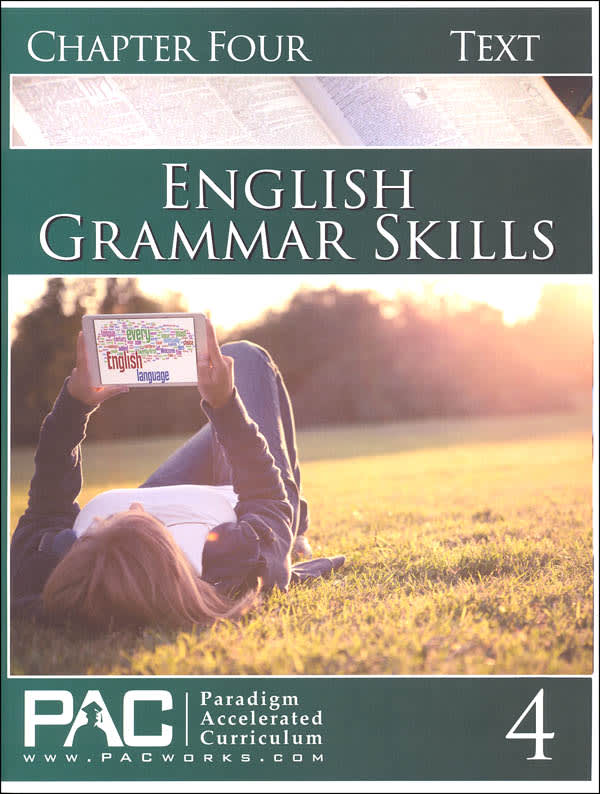- Bargain Items are brand-new products that have been dinged, dented, or scuffed, but are otherwise in usable condition.
- Bargain Items have limited inventory, and they are only reserved for you when checkout is completed.
- Bargain Items are non-returnable and non-refundable.
This course is designed to equip students with a strong understanding of the eight parts of speech, grammar, and writing skills. The course consists of five, saddle-stitched chapters in an 81/2 X 11 inch size magazine format. The five chapters of text are supplemented with five corresponding activity books that guide students chronologically through the lessons. The combined set of texts and activity books are applicable in regular classrooms or guided, individualized learning programs.
Students are introduced to character-building life principles and vignettes of persons who role model positive life styles. Each lesson and the corresponding activity questions are based on the vignette in a clever approach that ties English grammar skills to real-life situations. Every grammar rule or part of speech is illustrated twice with sentences drawn from the vignette. This technique connects students to the study of English in a practical and engaging manner. Students experience the highly effective individualized learning approaches that enhances content mastery.
Each lesson is introduced with a theme art illustration that draws the student emotionally into the text. This course is designed for eighth grade but is an excellent "brush up or "recovery course for under-performing high school students or adults who are weak in English grammar skills.
A major feature of all Paradigm English courses is the vignette approach, carefully designed to engage students to aspire towards noble character and life purpose. During the learning process, students enhance vocabulary, build moral character, and gain insight on how to make wise life choices.


